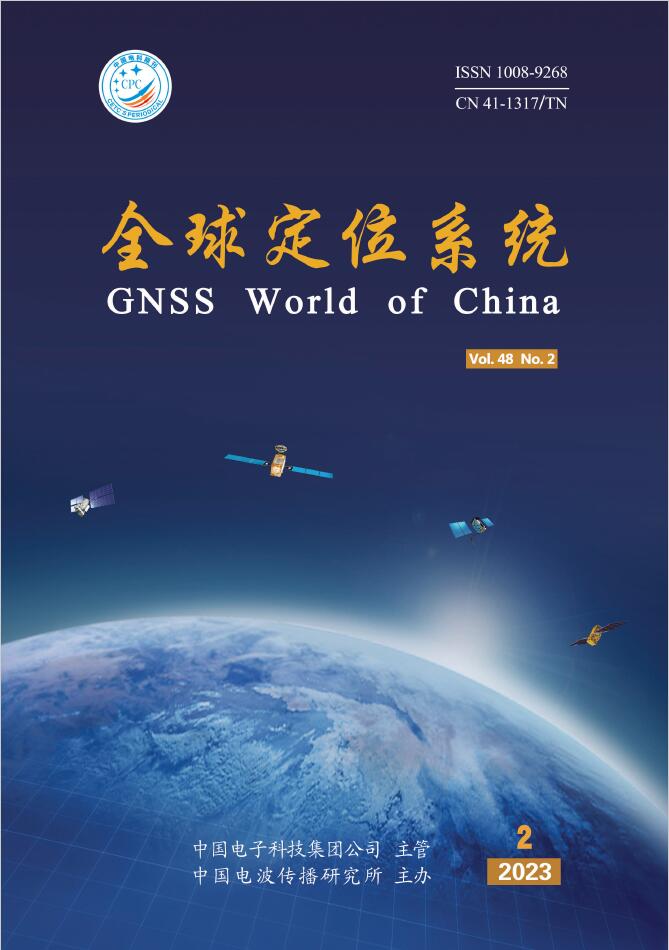2023, 48(2): 43-52.
doi: 10.12265/j.gnss.2022195
Abstract:
The design of new frequency points (B1C/B2a) for BDS-3 effectively increases the diversity of multi-frequency combination positioning as well as improves the positioning performance of the BDS system. To systematically evaluate the RTK positioning performance of the new frequency point for BDS-3, 6 MGEX tracking stations were selected to form three baselines. Five single-frequency schemes of BDS-3 B1I/B3I/B1C/B2a/B2b, five dual-frequency uncombined schemes of BDS-2 B1I+B2I, BDS-2 B1I+B3I, BDS-3 B1C+B2a, BDS-3 B1I+B3I, BDS-2/BDS-3 B1I+B3I and a five-frequency uncombined scheme of BDS-3 B1I+B3I+B1C+B2a+B2b were designed for real-title kinematic(RTK) solving tests. When the baseline length does not exceed 25 km, the test results show that, in static mode, in east (E), north (N) and up (U) directions, the single-frequency positioning accuracy of BDS-3 new frequency point B1C/B2a is better than 2.85 cm, 1.67 cm and 4.02 cm respectively, and the dual-frequency positioning accuracy is better than 1.63 cm, 1.33 cm and 3.26 cm respectively, and the five-frequency positioning accuracy is better than 2.04 cm, 1.12 cm and 3.17 cm respectively; in kinematic mode, in E, N and U directions, the single-frequency positioning accuracy is better than 3.03 cm, 1.45 cm and 6.49 cm respectively, and the dual-frequency positioning accuracy is better than 1.92 cm, 0.95 cm and 6.71 cm respectively, and the five-frequency positioning accuracy is better than 2.32 cm, 0.91 cm and 4.89 cm respectively. The dual frequency positioning accuracy of BDS-3 new frequency point B1C+B2a and old frequency point B1I+B3I are compared in both modes, and are both better than that of the the BDS-2 B1I+B2I and B1I+B3I dual frequency. In addition, the positioning accuracy and stability of BDS-3 five-frequency uncombined scheme are better than single-frequency and dual-frequency uncombined schemes.


